Various flash chromatography sample loading options are available including liquid and dry loading. Choosing the right technique is important because your sample loading choices (sample solvent and dry load sorbent), can have a major impact on the results.
In this post, I compare the two techniques and show the benefits dry loading with a form of diatomaceous earth can bring to your purification.
While liquid loading is the easiest to use, it often produces less than ideal purification results, Figure 1.
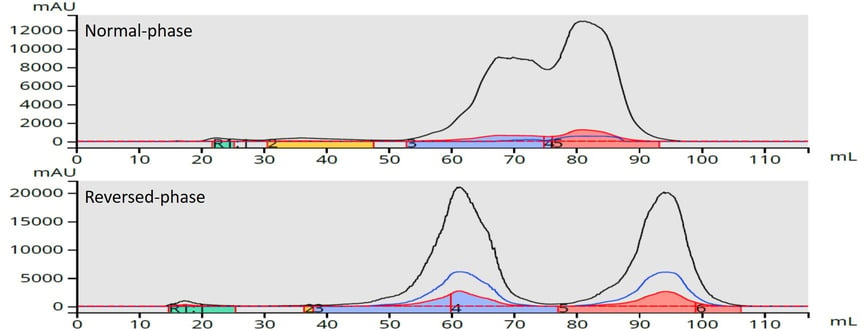
Figure 1. Flash chromatography results using liquid load (0.5 mL) containing 50 mg each of methyl and butyl paraben dissolved in acetone and 5 gram columns. Top - normal-phase 20 μm silica. Bottom - reversed-phase 25 μm C18. Because the solvent is a strong and the volume large, the two elution bands are broader and less resolved than desired.
The reasons for this reduced performance include:
- -The sample solvent is too strong for the method (does not allow the sample’s components to stick to the column’s media)
- -The sample load volume it too large (spreads sample too far down the column)
An alternative loading technique (dry loading) will remedy these issues. With this technique, the dissolved crude mixture is added to a sorbent (silica, diatomaceous earth, C18 bonded silica, IX, etc.) and dried. This dried material is then added to another vessel and placed in-line with the purification column, Figure 2. When dry loading, purification results are almost always improved when compared to liquid loading.
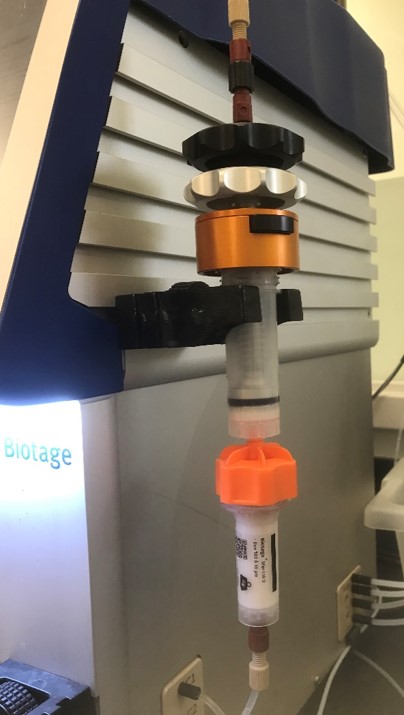
Figure 2. Dry sample placed in the upper vessel which directly attaches to the purification column below.
Dry loading sorbents should be chosen based on their role in the purification process – concentration or scavenging. Some media are more chemically interactive than others and may not be appropriate for all samples. For instance, silica, a very commonly used dry load media, can sometimes degrade or bind compounds resulting in a failed purification.
If this situation is a possibility with your crude mixtures (organic amines, acid/heat sensitive compounds), other media options should be considered. One very popular alternative to silica is diatomaceous earth, commonly known as Celite®, which is a naturally occurring mineral.
While Celite can work, its particle distribution is quite broad (0.02-1.1 mm). This broad particle distribution can also lead to broader peaks. To address this issue Biotage has developed a refined diatomaceous earth (ISOLUTE® HM-N) with a much narrower particle range centering around 0.3 mm.
This sorbent has extremely low chemical binding properties so, in most cases, whatever is dried on it releases into the purification column as a tight band during flash chromatography. The result is better chromatographic separations with improved purification yields, with both normal- and reversed-phase applications.
While available in bulk, pre-filled cartridges can also be used (these save you from handling the loose media). One convenient, pre-filled dry load vessel called a Samplet® cartridge, can be used with Biotage® Sfär Duo columns (it fits inside the column), Figure 3.
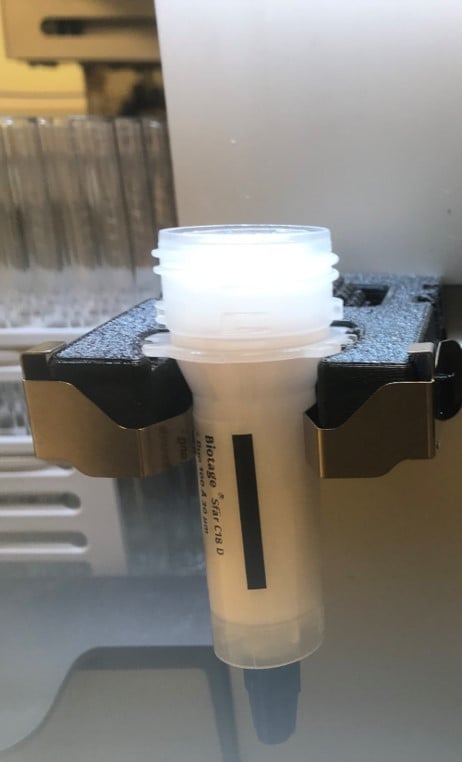
Figure 3. A Samplet cartridge inserted in a Sfär flash column after column equilibration. Once the cap is re-attached it is ready for use.
Achievable results using this technique are a major improvement compared to liquid loading, Figure 4.
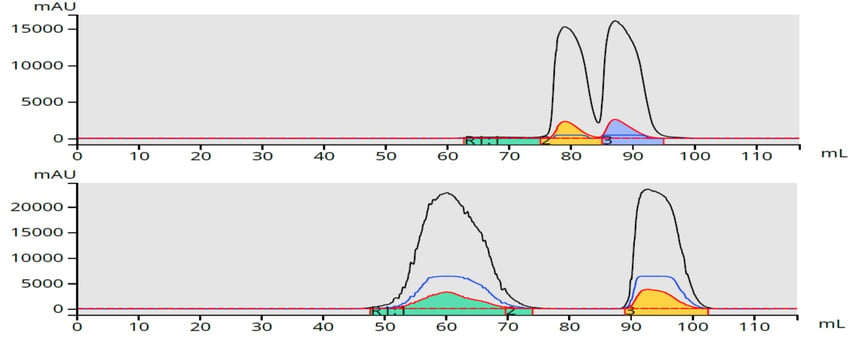
Figure 4. Flash purification results using internal dry loading (Samplet cartridge) are improved for both normal-phase (top) and reversed-phase (bottom) compared to liquid loading.
For other flash columns, empty (self-packable) and pre-filled dry load vessels can be filled with your selected media with larger sample volumes. These "external" dry load vessels attach to the top of the purification column, Figure 5, and generate the same results, Figure 6.

Figure 5. External, self-packed, dry load vessel connected to a Sfär flash column. External dry load vessels allow larger dry load volumes.
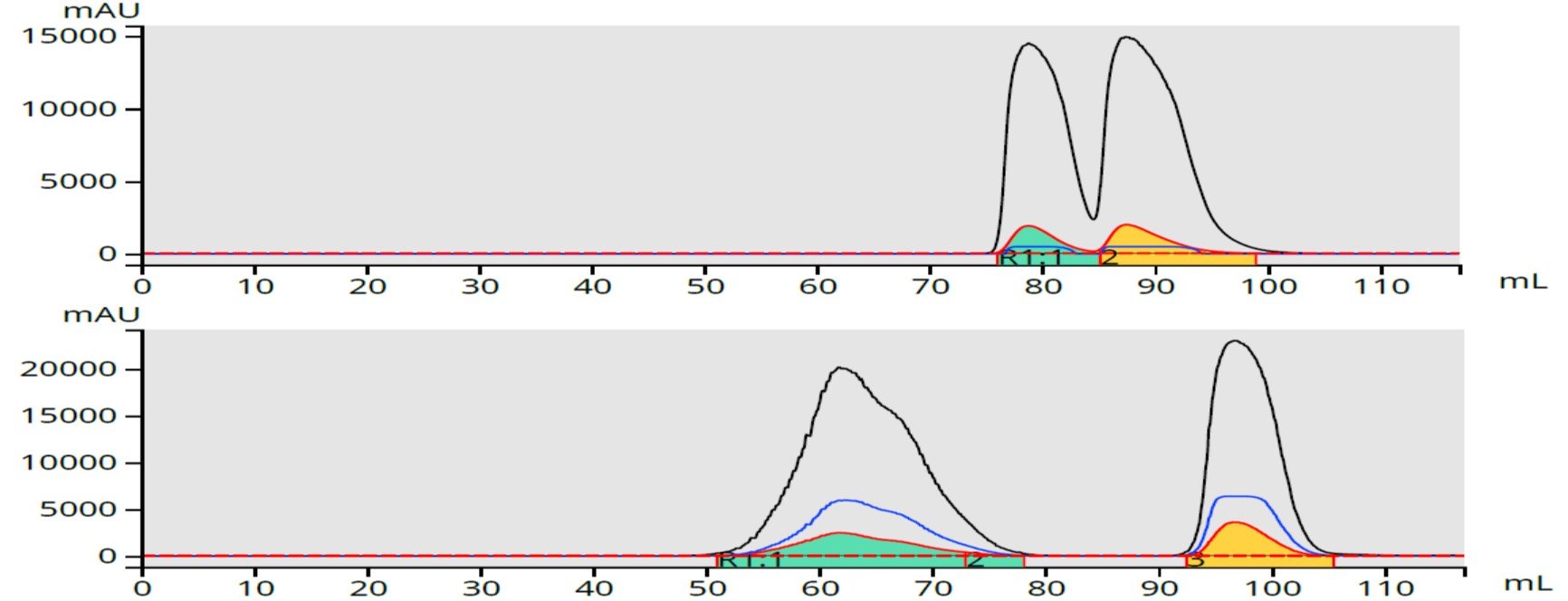
Figure 6. External dry load purification results are similar to internal dry loading and better than liquid loading. Top - normal-phase. Bottom - reversed-phase.
So, if your flash purification needs improvement and you suspect your current loading technique or dry load sorbent to be a contributor, consider dry loading with an inert sorbent such as ISOLUTE HM-N.
For other tips to improve your flash chromatography dry loading experience, check out the blog below:

 Organic Workflow
Organic Workflow Peptide Workflow
Peptide Workflow Scale-Up Flash Purification
Scale-Up Flash Purification  Sample Preparation
Sample Preparation Biomolecule Purification
Biomolecule Purification Oligo synthesis
Oligo synthesis Scavengers and Reagents
Scavengers and Reagents Service & Support
Service & Support Accessories & Spare parts
Accessories & Spare parts Investors
Investors Reports & News
Reports & News The Share
The Share Corporate Governance
Corporate Governance Calendar
Calendar Sustainability
Sustainability Our Offering
Our Offering Our History
Our History Our Locations
Our Locations Leadership
Leadership